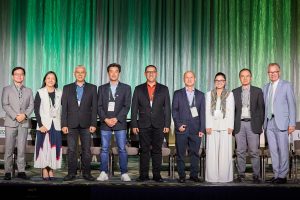
Delegates from 59 countries gathered at Soy Connext 2025 to shape the future of sustainable soy and strengthen global food security.
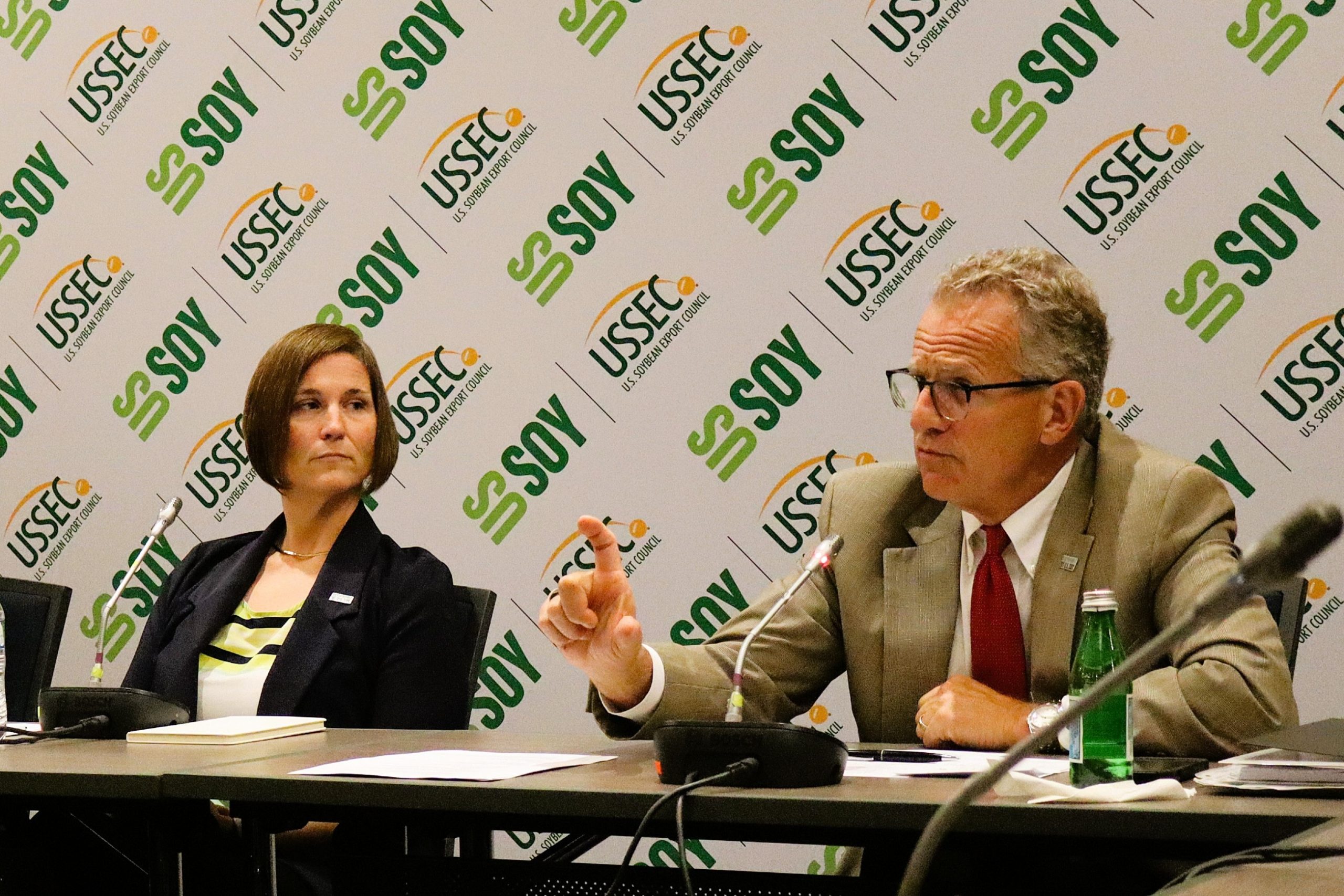
Over 700 global stakeholders gathered in Washington DC to explore the future of sustainable soy. Hosted by the US Soybean Export Council (USSEC), the three-day Soy Connext 2025 highlighted US Soy’s expanding role in global food security and trade resilience.
The Trade Team Invitational opened the event with structured one-on-one meetings between US suppliers and international buyers. Delegates from 59 countries engaged in matchmaking sessions to forge new deals and deepen supply chain partnerships.
Trade teams also toured US farms, grain terminals, and processing facilities, gaining firsthand insight into the soy value chain. These visits reinforced U.S. Soy’s reputation for transparency, infrastructure, and quality.
USSEC CEO Jim Sutter emphasized the need to differentiate US Soy from other origins. He cited temperate climate, low carbon footprint, and consistent quality as key advantages.
“We want to be the soy everyone prefers,” Sutter said. “High nutritional value and sustainability are increasingly important to global buyers.”
Expanding crush capacity to meet global demand
Bruno Coletti of Cargill described U.S. Soy as a strategic asset in a volatile market. While Brazil leads in volume growth, U.S. Soy offers reliability and robust logistics.
By end-2025, ten new crush facilities will add 9 million tons of capacity, yielding 7 million tons of additional soybean meal. This expansion supports rising demand for animal protein in growth markets like China, India, and Southeast Asia.
Quality metrics setting US Soy apart
German Bosch of AG Com compared soybeans from major origins and affirmed U.S. Soy’s leadership in quality. He highlighted three key advantages:
U.S. Soy’s reputation for clean, uniform product continues to attract buyers seeking dependable supply.
Sustainability and collaboration drive future growth
USSEC also recognized 147 companies across 12 countries that now carry the ‘Sustainable U.S. Soy’ or ‘Fed with Sustainable U.S. Soy’ label. These firms reflect growing global demand for responsibly sourced ingredients.

Among the honorees are companies from Vietnam and Indonesia.
Sutter noted that sustainability is no longer optional. US producers lead with the lowest carbon footprint, driven by yield improvements rather than land expansion.
He also stressed the importance of collaboration. “Great things in business are never done by one person,” he said. “They’re done by a team.”
His message: connection, quality, and sustainability are the pillars of a resilient soy future.
Subscribe now to the technical pig magazine
AUTHORS
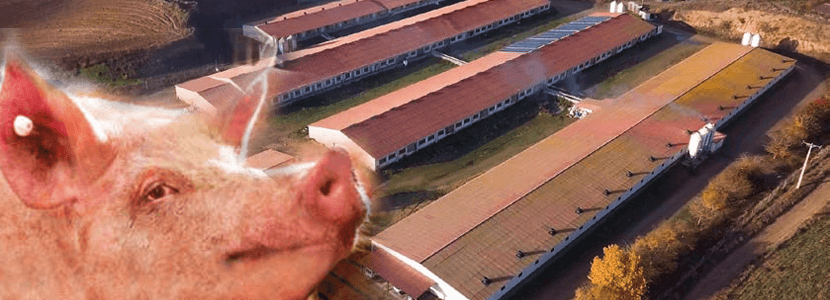
Bifet Gracia Farm & Nedap – Automated feeding in swine nurseries

The importance of Water on pig farms
Fernando Laguna Arán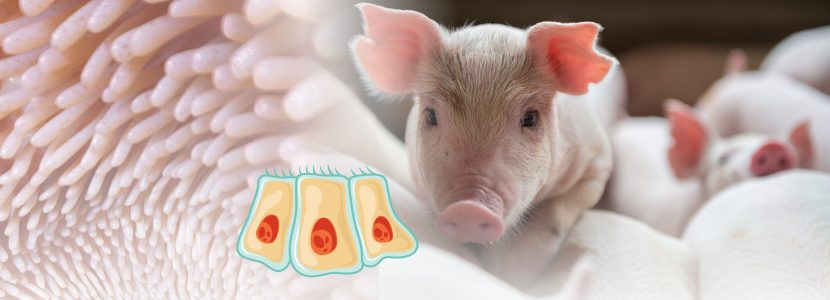
Microbiota & Intestinal Barrier Integrity – Keys to Piglet Health
Alberto Morillo Alujas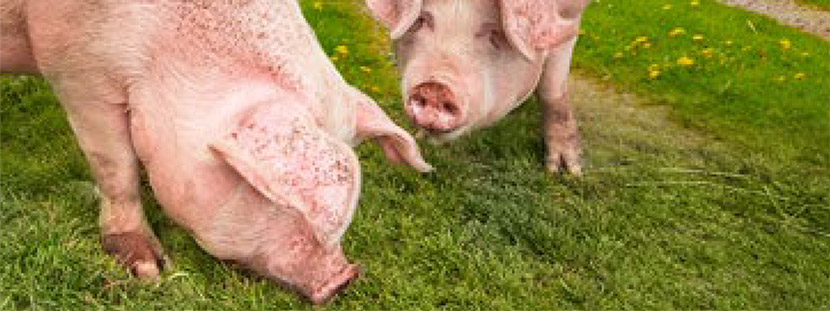
Impact of Reducing Antibiotic use, the Dutch experience
Ron Bergevoet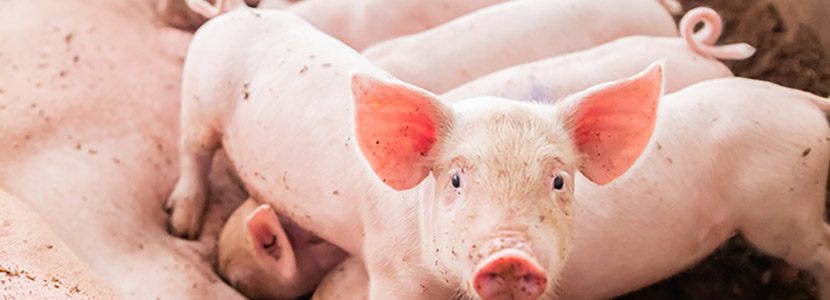
The keys to successful Lactation in hyperprolific sows
Mercedes Sebastián Lafuente
Addressing the challenge of Management in Transition
Víctor Fernández Segundo
Dealing with the rise of Swine Dysentery
Roberto M. C. Guedes
Actinobacillus pleuropneumoniae – What are we dealing with?
Marcelo Gottschalk
The new era of Animal Welfare in Pig Production – Are we ready?
Antonio Velarde
Gut health in piglets – What can we do to measure and improve it?
Alberto Morillo Alujas
Interview with Cristina Massot – Animal Health in Europe after April 2021
Cristina Massot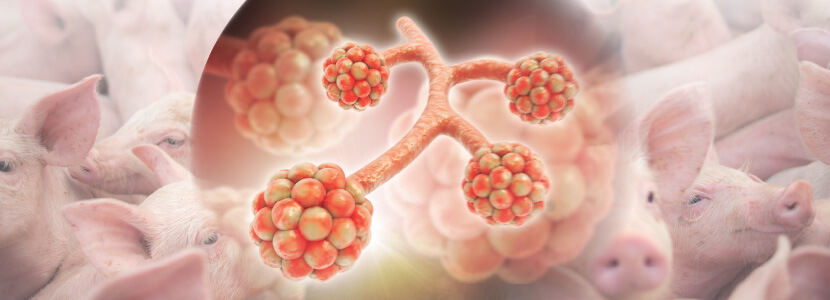
Differential diagnosis of respiratory processes in pigs
Desirée Martín Jurado Gema Chacón Pérez